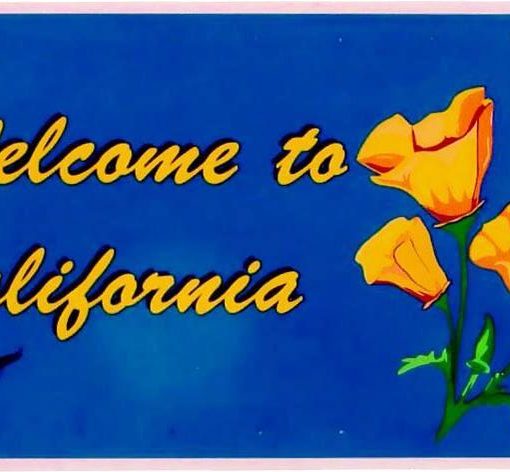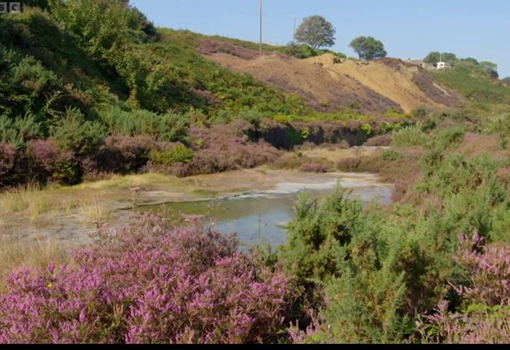8th March
After a summary of our Hydro presentation evening, we continue exploring issues in South America and many topics starting with A! Then a Footnote, of other news about Fuels.
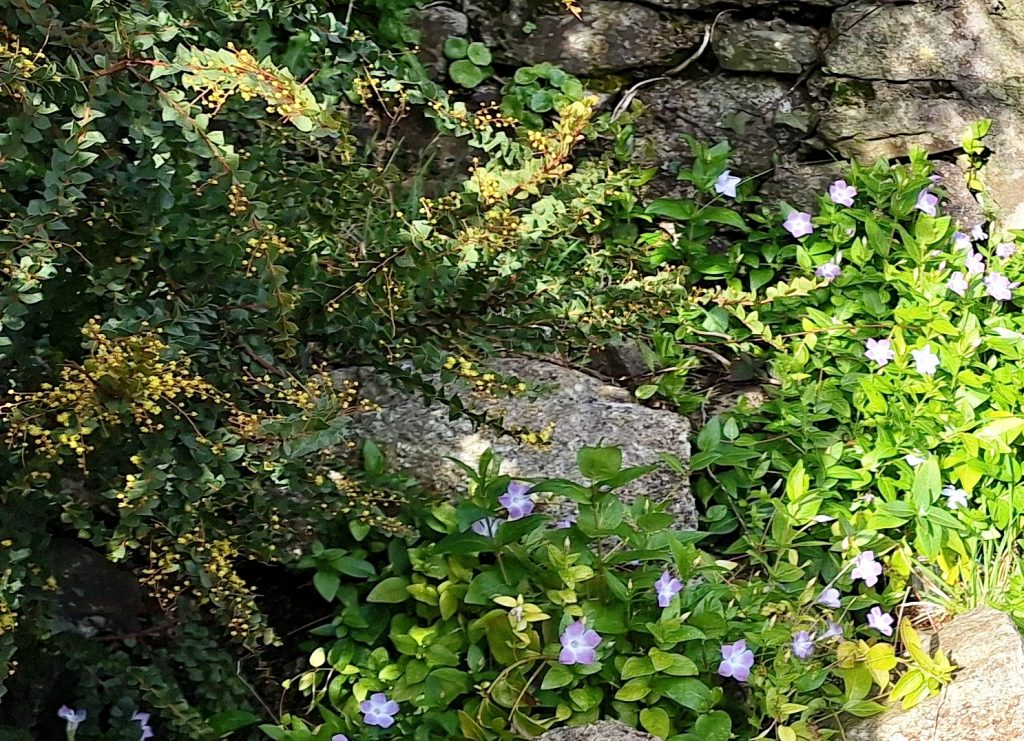


Finally, we have some sunshine and slight drying up of the ground. Although the wind was cold, it felt great to tackle some of those messy areas of the site. The middle pic is ground that got buried with green waste last autumn. This has taught me a number of lessons:- that it was a case of right material in the wrong place; that I must rake and re-seed to tidy things up; that now by removing the long, skinny sticks that had been cut from the hedge I am left with a mulch that is going to work ever so well around my small trees, and – finally – that I should separate different kinds of waste and use an area away from visitors, on the bottom hedge, to pile it up in future.
Before moving on, let me mention the photinia plants. They have taken years to flourish and now sadly a large part needs to be hacked back, away from the solar panels. I shall offer cuttings to the Par Community Garden.
News of the Week
Saturday pm – I had every intention of going to the Plant Food event in Truro, but unfortunately succumbed to a migraine. I was disappointed, but glad to learn from Chrys, the organizer, that ‘they smashed it!’ And will be offering a repeat performance in May, promising to be a new improved version. So that certainly makes me feel better! She has promised to provide a report for us, in the near future. If anyone else went please write it up for us.
Sunday pm – Still a little bit groggy, but I really wanted to attend a session on the edge of the moor, in the small studio building of Sterts arts centre. In a very full room, we learned of the ambitious plans to rebuild the theatre, with dreams for a busier and more varied programme in future. It was great to be welcomed as a possible future partner, since Climate awareness is expected within their funding parameters. Unfortunately, the building will not be ready for our Ceremony at Mid-Summer, so I have moved on and made an approach to a community venue not far from Sterts. Fingers crossed for a positive response.
Monday pm – after a month of planning, this was our day to welcome Chris Elliott of On-Stream to tell us stories of success in renovating leats in Devon. And – to my great surprise – we had a kind of ‘Prelude’ provided when Countryfile broadcast a whole programme about restoring historic waterways the night before (Sunday evening 3rd March). There were multiple sites featured in the programme, from the LUF (Levelling Up Funded) project restoring Montgomery Canal, to the re-creation of Buckingham Canal (which has been dry since WW2), using a big team of volunteers and grant funds, to the draining and refurbishment of the Pontcysyllte Aqueduct, paid for out of Canal and Rivers Trust funds.
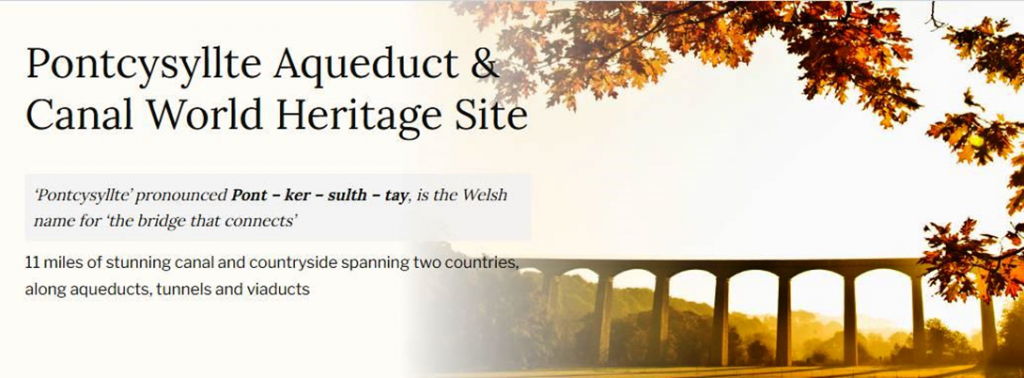
This was all so relevant to our situation, spelling out methods of dredging, of reinforcing banks, with rolls of coconut ‘coir’ and much more. I was really excited by the hopeful messages of these stories but did not ignore the predicted shortfalls of funding and unwise, speedy spending of LUF money, all because we are in an election year.
Matt Baker and the Countryfile crew engaged in 3 key activities:-
Leaky Dam Installation: Together, we built a leaky dam in one of the tributary streams, a strategic move designed to slow down the water flow. This effort is crucial for minimising silt deposition in the canal and for enhancing the overall water quality.
Coir Rolls for Bank Stabilisation:- In a bid to prevent erosion and protect the canal banks from sediment runoff, we showed the Countryfile team how we are installing environmentally friendly coir rolls. These rolls, destined to be embraced by native vegetation, are a testament to our dedication to creating a thriving habitat for wildlife while ensuring the integrity of the towpath.
Floating Water Plantain Rescue:- With a helping hand from the Countryfile team, we carefully collected specimens of the protected Floating water plantain (Luronium natans) from the canal’s edges. This delicate operation is part of our broader effort to protect the canal’s biodiversity, ensuring these plants are safely relocated during the dredging process and returned to their natural habitat thereafter. The highlight of this collaborative effort is its upcoming feature on BBC’s Countryfile on Sunday, 3rd March. This segment promises to bring much-deserved attention to the project, illuminating our endeavours to balance the ecological significance of the Montgomery Canal with our ambitions for its restoration.
Here is a page of links – all of them fascinating – from the Canal and River Trust. If anyone is interested, I also took a short film of the Buckingham Canal restoration on my phone – send a message and I will happily share it. https://canalrivertrust.org.uk/search#gsc.tab=0&gsc.q=LUF%20project&gsc.sort=
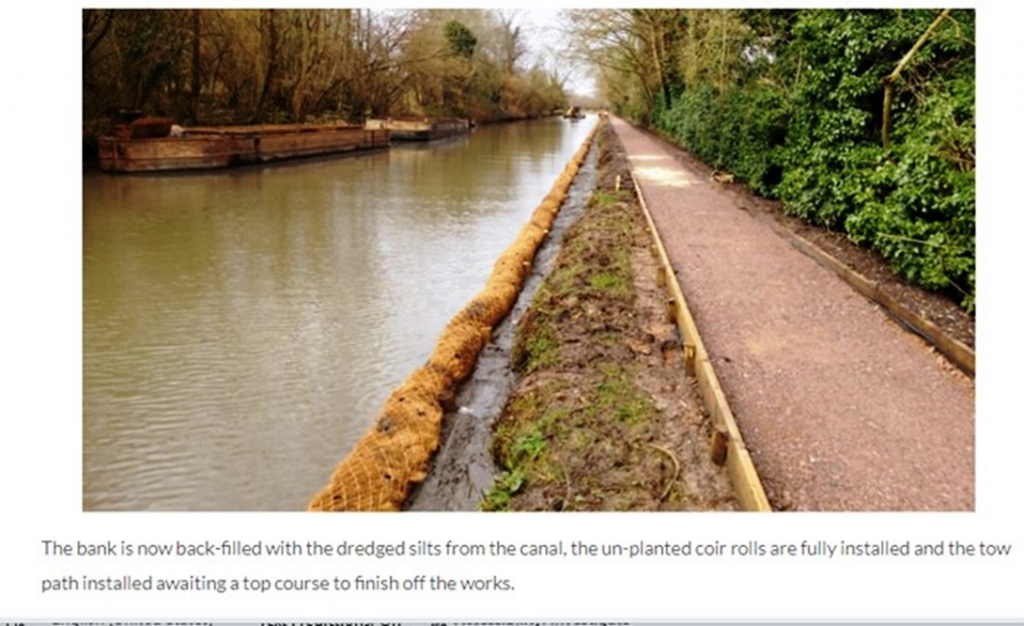
Back to Monday – We had always hoped to walk Chris Elliot around the leats of Luxulyan, but so much rain had fallen in February that the water was incredibly high and we were not sure we could ask him to join us before a public appearance! This was the reason, taking a few weeks, that Bob and I walked and filmed all kinds of areas and stored the footage in a dedicated One Drive folder, called ‘Leat Restoration’. Sadly, the films showed a far worse situation than we were reporting in early January, with banks burst again and/or being over-topped, and even greater damage to fields, paths and habitats. But, on the happier side, also some clearance of undergrowth and attention to the Old Mill Leat, enabling thoughts to be developing on how to restore that section.
The One Drive storage, with a number of other useful history and climate info folders, is in my personal 365 account, but I am happy to share with deserving readers who are Members at Meadow Barns. Let me know if you would like the link.
Bob, David and I met Chris and spent an hour setting up the hall. (Thank you, David, once again for your IT skills and patience!). We welcomed a moderate-sized group to the evening presentation, which everyone found fascinating. Facts and figures of types of leat, materials used for restoration, finances, legal framework and more. All this provoked a lot of discussion and questions, plus – next day – a lovely tribute from Keith of Par on Facebook: –
I attended last night’s meeting with no prior knowledge of leats. Chris Elliot gave a good talk on how they work, and also why they should be maintained. He gave various examples of leats he had worked on and repaired in Devon. With global warming producing a wetter environment in Cornwall, leat maintenance is of greater importance now to avoid flooding.
Caroline Stephenson on Luxulyan Valley Stories page responded:-
Thanks for this Keith , and for coming out on a miserable evening to support . Did you say you had experience of something similar in Madeira or did I get that wrong?
My wife and I went to Madeira a few years ago on holiday and saw the “Levadas” – a series of water channels and aqueducts bringing water down from the mountains.
That is so interesting! Gives me a reason to go and visit! I had never heard of this, but it is another World Heritage Site. We should go for setting up a twinning, don’t you think? https://whc.unesco.org/en/tentativelists/6230/
WHC.UNESCO.ORG Levadas of Madeira Island – UNESCO World Heritage Centre
CS researched further … The Levadas are channels where the water runs year-round along an unobstructed surface, in a gentle flow, carried by gravity along channels with a slight incline: As a rule, those installed at 1000m altitude, or higher, collect and transport water to the power houses of the hydroelectric plants. The primary function of these waterways is for water collection.
Those that receive water from the turbines at the hydroelectric plants or that collect water from springs, creeks or streams, in the higher zones of farming areas, are primarily waterways for distribution purposes. These Levadas (public or co-owned) have gates that distribute the water through irrigation systems, periodically taking the water to tanks or directly to farmlands.

Photo Jörg Schmalenberger Wikimedia Commons
The next stage, already underway, is to approach the National Trust and propose a joint presentation for all of Cornwall, not just Luxulyan, about the Riverlands project – a very different approach to managing water, which would deliberately remove straight line channels and replace with meandering. I have also started to contact some experts from larger water management companies, asking if they can provide a spokesperson to join the Panel for a proposed ‘Any Questions’ get together in the early summer.
South American Section
After a couple of days rest and recovery from the intensity of Monday, I was so pleased to go back for a 2nd visit to ‘Bella. We went through 20 photo albums, recording so many unusual places and sights from Chile, Bolivia and Peru. I hope eventually to select the most fascinating pictures and turn them into a slide show, with music, and am very grateful indeed that she has given up so much time to sharing her experiences.
All the As – Accion Andina (Andes), Alpacas, Amazon, Arepas, Atacama and Aucca
Accion Andina – I invite you to play these films to be inspired by the indigenous leader, Constantino Aucca, who spearheads so much action in the Cusco area of Peru.
This is their YouTube channel, go to the 6th one down, about Preserving Incan Heritage:- https://www.google.com/search?client=opera&hs=Zdl&sca_esv=7fb4d62672696752&q=Accion+Andina&tbm=vid&source=lnms&sa=X&ved=2ahUKEwi50ceHnuOEAxVm9gIHHXqxD50Q0pQJegQICxAB&biw=1095&bih=536&dpr=1.1#fpstate=ive&vld=cid:07cd7859,vid:3TrXw-2EKX8,st:0
in which Mr. Aucca shares the story of preserving an Incan tradition of runners on tracks high in the Andes, called “Chaskis”. Apart from the joy of running in nature there, I am struck also by the way this man and his colleagues are building such a unity of purpose. I can tell you, many places, including some of my surrounding villages and all of our politicians, could take lessons from this man and his group!
Knowing many readers will be short of time and may not watch the films, I have decided to put in more images than usual here. It is so vital to learn from the other side of the world, where ordinary people are making such impressive progress!



From the other films about Accion Andina, in their YouTube list, I am choosing also the 1 minute 30 secs one about Over 2 Million Trees being planted, even though it is a bit outdated. It shows the gradual progress, working with the partner Global Forest Generation, which now results in an enormously ambitious quantity of trees, (10 million) they plan to deliver, to help keep moisture available across the High Andes.
Still on YouTube you could find a much more recent film, made with funding by the Earthshot prize, because last autumn the group were declared winners and are now receiving and delivering projects with their £1m prize money. As a little aside, let me share that I have just been invited to participate in a research panel for them: –
Hello Caroline, would you like to help influence how we develop The Earthshot Prize brand and communications?
As you know, we’re on a mission to find and scale game-changing solutions that will repair our planet. And by telling the stories of the incredible innovators behind them, we want to spark a global movement of optimism and imagination that drives further action.
To ensure we’re doing the best job of this we can, we’re inviting followers of The Earthshot Prize to join our first-ever online Research Panel!
We’ll be reaching out to selected participants with our first topic very soon, so if you’d like to take part, please complete your profile …
Remainder of the list of As – Alpacas, Amazon, Arepas, Atacama
Alpacas are the smaller cousins of llamas, grazing on the heights of Southern Peru, at 3.5K to 5 thousand metres above sea level. Llamas are most often kept as pack animals, carrying loads on their backs on treacherous mountain tracks. Alpacas, however, are prized for their wonderfully soft wool, which is commonly dyed in bright colours and woven into ponchos, like those I featured last time. Our artist, Louise, is already helping to plan ways to make our own simple but bright ponchos, and some giant size headdresses. For the latter we are thinking of using bamboo (tons of this at Meadow Barns) and pampas grass (none here). If any reader has pampas grass they could give, please let me know.


Amazon – I have written to the publishers of Ed Stafford’s book, to ask permission for using his materials in the project. But no reply yet.
Arepas – This is one of a number of dishes we will hope to make in a workshop at May Half Term. I like the idea of doing multiple batches, with different flours and fillings.
Arepas are little cakes or patties that originated hundreds of years ago in a region that now makes up Colombia, Venezuela, and Panama. Traditionally, they were cooked on a pan called a budare. But they can also be grilled, baked, or fried.
Venezuelan arepas tend to be smaller and thicker, while Colombian arepas tend to be sweeter, thinner, and stuffed with cheese. The most popular arepa in Colombia and Venezuela is made with pre-cooked corn flour (masarepa). However in Colombia, we also make them with fresh sweet corn, hominy corn, plantains and cassava.
Atacama – This area is not in Peru, but further south down the coast in Chile. It is the driest place on earth, other than the poles, receiving less than 1mm precipitation each year. Some areas have seen not a drop of rain in more than 500 years!
As ‘Bella shared her pictures of travelling from Cusco down into Bolivia and on to Chile, I found myself fascinated by so many unusual sights, some of which I will write about another day:- Lake Titicaca – one of South America’s largest lakes and the world’s highest navigable body of water. Said to be the birthplace of the Incas, it’s home to numerous ruins. It also is famous for building rafts out of reeds, woven into structures of such size you can make houses (also of reeds) on top!


Sucre – The city painted all white like sugar
Potosi – The home of a major silver mine
Salt Flats at Uyuni – an astonishing plateau of salt. Not only is the lake surface coated so thick you can drive on it, but everything locally is made of salt. Houses, beds and much more!
And finally a Footnote on Fuel Facts, various
ROAD TAX Although it was not subject to change in the budget, a sneaky little alteration was made to road tax charges and announced a month or so ago:-
New zero-emission cars registered on or after 1 April 2025 will be liable to pay the lowest first-year rate of VED (which applies to vehicles with CO2 emissions 1 to 50g/km) currently £10 a year. From the second year of registration onwards, they will move to the standard rate, currently £180 a year.15 Jan 2024
The RAC commented, the new 2025 Vehicle Excise Duty (VED) rules will have a significant impact for thousands of EV owners and their annual motoring costs. My comment ‘Unfortunately for these motorists it won’t be a joke. PS lucky for me the diesel Picasso I just bought is less than £40 p.a. road tax’ 😊
HVO Progress is happening, albeit slowly, towards installing a tank at Meadow Barns. We have agreement, still to be signed and sealed, with Prema Energy and Mole Valley Farmers, to receive deliveries of HVO here when the time comes, starting hopefully in May. I still need a report to reassure my insurance company, if possible from someone in Sweden where driving on a mix of diesel and HVO is a commonplace occurrence.
LEGAL CHALLENGES to FOSSIL FUEL SUPPLIERS
From Client Earth (supportus@clientearth.org) comes Great news that the UK is withdrawing from the Energy Charter Treaty: an agreement which has been used to protect fossil fuel companies interests, and allows them to sue international governments over their climate plans.
https://donate.clientearth.org/page/email?mid=3b229017b7c943009d95d5a38821c2ba
I do believe it is well worth supporting the legal work of this group. Another challenge on their table right now is a recurrence of bad actions and proposals involving plastics in Antwerp. There was initial success in 2021 but now I believe it has come back.
Thanks, as ever, for continuing to read and support. CS


